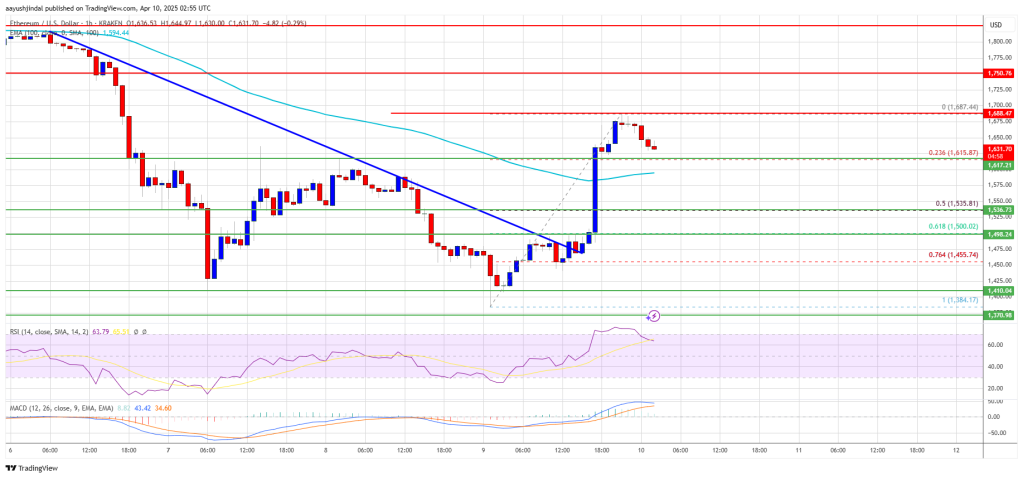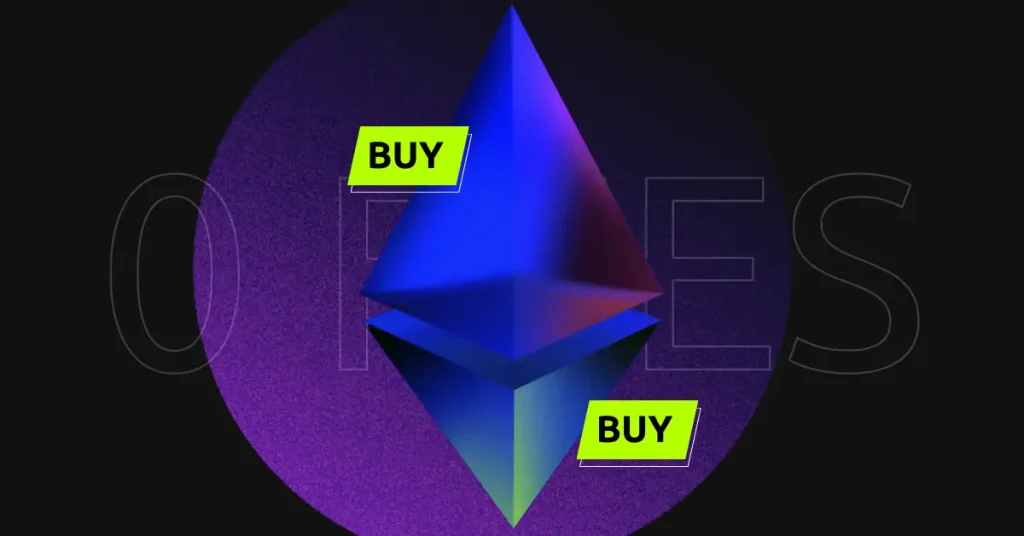Crypto

Ethereum
ETH
Ethereum
Ethereum
1644.1477
0.84%
≈1644.62
Circulating Supply / Total Supply
120693086/120693086
∞
Trading Volume / 24H%
12781975392.779394
0.84%
#2
24H Turnover Rate
6.55%



In simple terms, Ethereum is a world computer that anyone can access and build applications. All states and data are distributed and can be accessed publicly. Ethereum supports smart contracts, and developers can write code in contracts to program. Transmission of digital value, sent and received globally through its native cryptocurrency, Ethercum (ETH), without any third-party intervention, an example of a decentralized application (DAPP) built on Ethereum Including token issuance, NFT, decentralized financial applications, loan soft agreements, decentralized exchanges, etc.
At the beginning of the design of Ethereum and Turing complete ratio coin, in order to limit the malicious application of distributed network, the stack virtual machine only supports simple transaction script verification. The language lacks Turing completeness, which severely limits the development of the generality of the Bitcoin network.
At the end of 2013, programmer and Bitcoin enthusiast Mitalc Buterin began to consider the idea of further extending Bitcoin and Mastarcan (an overlay protocol that extends Bitcoin to provide basic smart contracts).
In October 2013, Vitalk proposed to the Mastercoln team a more general approach that would allow flexible, scriptable contracts to replace Mastercoin's specialized contract language, although the Mastercoin team was impressed, this proposal was too radical to be flexible Adapt to their development route, and finally let it go.
In December 2013, Vitalk began to share a white paper describing the idea behind Ethereum: a fully programmable and universal blockchain, Vitalk and Gavin then refined and developed the idea together to build a blockchain with Davis. protocol layer.
On July 30, 2015, the first Ethereum block was mined and the world computer began to serve the world, just like Satoshi Nakamoto, Vitalik and Gavin didn't just invent a new technology, they combined the new technology in a novel way. Inventions are combined with existing technologies and open source code is provided to prove their ideas to the world.
From general blockchain to decentralized applications (DApps)
Ethereum started out as a general-purpose blockchain that could be used for a variety of purposes, and soon Ethereum’s vision expanded into a platform for programming decentralized applications (DApps), which represent a broader perspective than “smart contracts.” A DApp is at least a smart contract and a web user interface. More broadly, a DApp is a web application based on open, decentralized, peer-to-peer infrastructure services.
DApp consists of at least the following parts
1 Smart contracts on the blockchain.
2 A Wab front-end UI.
In addition, many DApps also include other decentralized components, such as:
Decentralized [P2P) storage protocols and platforms such as: IPFS, Arweanve
Decentralized (P2P) messaging protocols and platforms such as: Chainlink
What is Gas
On Ethereum, there is a small fee for all transactions and smart contract execution. This fee is called gas. In technical terms, gas is a unit of measure for the amount of work performed or calculated by a smart contract. The more complex an operation is performed, the more gas is required to complete the operation. All gas is paid in ether.
Gas price may fluctuate from time to time depending on network demand, if more people interact on the Ethereum blockchain, such as trading on Ethereum or performing smart contract operations, the gas price may rise due to limited computing resources on the network , Conversely, when the network is underutilized, the market price of Gas falls.
Ethereum 2.0
The growing number of on-chain applications has made the Ethereum network extremely congested. At the same time, the energy consumption brought by PoW mining makes Yidafang have to make changes. From December 2020, Ethereum gradually began to transition to Ethereum 2.0.
Ethereum 2.0, also known as "Serenity", is a major upgrade aimed at making projects faster, more efficient and more scalable by migrating the Ethereum network from proof-of-work to proof-of-stake.
Ethereum's new proof-of-stake (PoS), dubbed "Casper," requires validating users to lock up their ether to become miners, instead of using expensive professional mining rigs, each staker needs to lock 32 ether coins or join a staking pool. And their big coins are combined with others to participate in the creation of new blocks on the Ethereum POS blockchain. Ethereum 2.0 litter rolls out in multiple phases, including
1. Phase 0 was launched in December 2020. Beacon is a separate block-based system that introduces a proof-of-stake system. Responsible for the creation of new blocks, transaction verification, staking rewards and management called "shard land".
2. Merge: Merge will be activated in two stages: the first stage is called Bellatrix, that is, the merger will first be activated on the Beacon Chain (a proof-of-stake blockchain) through the Bellatrix upgrade; the second The phase, called Paris, will be completed when the execution layer reaches a predetermined total difficulty value, i.e. Ethereum’s proof-of-work chain will migrate to proof-of-stake when a certain total difficulty value is reached. Ethereum has successfully completed the activation of the aforementioned two phases, officially transitioning from Proof of Work (PoW) to Proof of Stake (PoS).
3. Sharding: Sharding is a multi-stage upgrade to improve the scalability and capacity of Ethereum.
Sharding provides safe distribution of data storage needs, makes aggregation cheaper, and makes nodes easier to operate.
They enable second-layer solutions to offer low transaction fees while leveraging the security of Ethereum, an upgrade that has gained more attention since Ethereum moved to proof-of-stake
| Token Allocation | Quantity | Percentage |
|---|---|---|
| investor | 97886938 | 83.4% |
| team | 9740351 | 8.3% |
| foundation | 9740351 | 8.3% |




